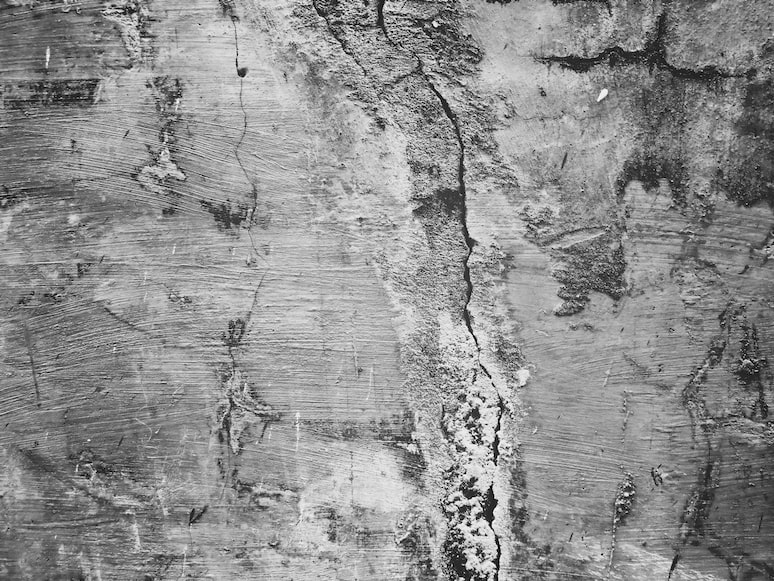Although hairline cracks are not considered a structural issue, they can be caused by various factors. One of these is the improper application of a paint product. In some cases, these cracks can appear due to the lack of curing time on the substrate. Also, homeowners who live in areas with high humidity levels might notice small cracks in their paint. This article will talk about some of the common reasons why these cracks can appear.
Common Causes of Hairline Cracks
When the paint on your wall starts to dry, it will shrink, and small cracks or splits will appear on the surface. This is usually caused by poor adhesion. The improper preparation of the surface prior to painting can also cause these cracks.

1. Improper Paint Surface Preparation
Getting the proper preparation of the surface of your paint can help prevent cracks and inter-coating peeling. It can take a long time to get the job done, but it is important to ensure that the surface is smooth and even if there are any cracks or holes. This is because if the paint is not adhering properly to the surface, it can cause the cracks and holes to appear. When it comes to painting an interior or exterior, the procedures for applying a new coat of paint can vary.
Depending on the surface you’re painting, the preparation of the surface may vary. It’s also important to note that the same procedures are used for both interior and exterior painting.
2. Application of Aging Paint
Aging paint can lead to cracks in walls. This can be caused by the lack of flexibility in the paint’s expansion and contraction when exposed to changes in temperature and humidity. Various materials used to make up walls, such as plaster and paint, can also contract due to these changes. For instance, if the wall is in an air-conditioned room or is exposed to sunlight, the hairline cracks might appear.
3. Quality of Paint
Use of inferior quality paint will result in poor flexibility and adhesion leading to cracks and peeling paint on your walls. Low-quality paint often doesn’t stick properly to the surface and may begin to crack or peel off within a short time after application. For instance, using paints containing calcimine or those with high solvent ratio, not a good idea. Instead, you should use paints with a lot of pigment and resin which will make the paint stick properly.
Use of expired paint is also another cause of hairline cracks in paint as the paint may have developed mold and mildew over time which will ruin the paint. If you are not sure which paint to try, here are a few good quality brands of paint to try in Singapore.
4. Painting Job Quality
Getting the painting job done properly is not an easy task, and sometimes, amateurs get carried away by the excitement of the DIY painting project. There are many mistakes that can be made in the end, such as not properly curing cement plaster before applying paint. Using the wrong brushes or thin layers of paint can also prevent the paint from adhering to the surface. You can consider engaging painting services should you not want to risk it.
How to Fix Hairline Cracks on Paint Surface?
The first step in addressing the cracks is to analyze their extent. This will allow you to identify the best way to fix them. To remove the loose and flaking paint, use a wire brush or a scraper. Then, sand the entire surface to remove the edges. Prepare it like you would do with a new surface. Before you apply the paint, prime the area to improve its adhesion.
Before you apply a new coat of paint, make sure that it’s dry and ready to work. For cracks that are deeper, you can use a filler. However, if the area has been heavily affected, you’ll need to remove the paint before adding another layer.
Hiring a professional painting company such as the ones at OWJ Painting Service can ensure that your residential projects are done properly. This will not only improve the quality of the painting work, but it will also help prevent the paint from fading.